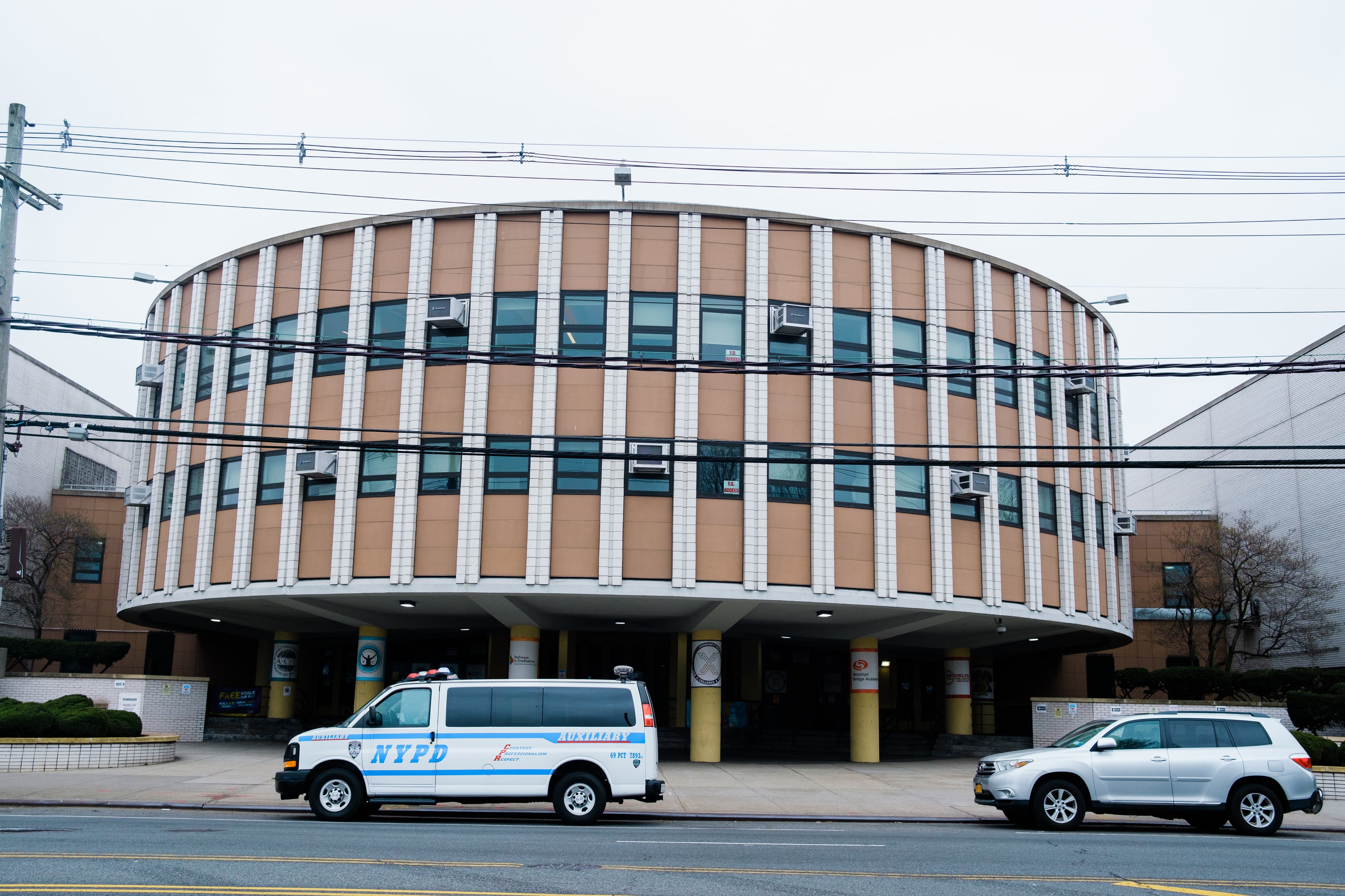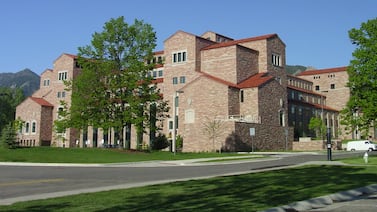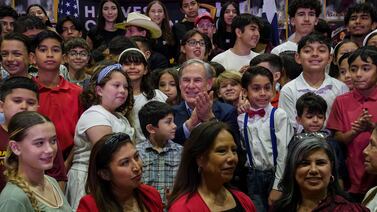New York City plans to boost funding for homeless students and funnel more resources to schools that serve a disproportionate share of students with disabilities, English learners, and those living in poverty, according to a proposal unveiled Monday.
Advocates have long criticized the city for not accounting for homeless students in its school funding formula given the depth of their needs and staggering numbers: Nearly one in 10 New York City public school students live in shelters, are doubled up with relatives, or otherwise lack stable housing.
Starting next school year, the city plans to add homeless students to a list of groups that come with more dollars, including students with disabilities and those who have low test scores. The move would send about $45 million that schools may use to hire additional staff, add attendance outreach programs, and help serve an influx of migrant students, most of whom do not live in permanent housing.
The city will send another $45 million to schools that educate high concentrations of needy students, defined as campuses serving an outsize share of students with disabilities, English language learners, as well as those living in poverty. That change would boost the budgets of roughly 300 schools, city officials said.
The proposals are a response to a school funding task force that recommended revising the city’s Fair Student Funding formula, which accounts for about two-thirds of school budgets. Under the formula, schools typically receive a baseline amount per student — this year, it’s about $4,197. Students with additional needs come with extra dollars on top of the baseline.
Mayor Eric Adams and schools Chancellor David Banks also have faced enormous pressure to increase school funding, especially after reducing school budgets last year because of declining enrollment and dwindling federal relief money. (Earlier this month, city officials reversed plans to further reduce school budgets next school year.)
“These changes, made as a direct result of the thoughtful work of the Fair Student Funding Working Group, are representative of New York City public schools’ commitment to working directly with our communities and putting into place genuine change to support our schools and our kids,” Banks said in a statement.
Changes to the funding formula are not final and must be approved by the city’s Panel for Educational Policy.
Both city proposals line up with recommendations the task force issued in November; however, the administration is planning to spend significantly less money on them than the task force suggested. Their report recommended spending from $42 million to $85 million more on homeless students and from $60 million to $120 million more on schools with high concentrations of vulnerable students. The city plans to spend $45 million in each category.
The city also ignored three of the task force’s five main recommendations, including adding a weight in the funding formula for students living in poverty; increasing the $225,000 baseline schools receive on top of their per-student funding; and nixing a controversial funding boost for some of the city’s most selective high schools.
Asked why the city sidestepped some proposals, Jenna Lyle, an education department spokesperson, wrote in an email that the city prioritized recommendations that would funnel more money to high-need schools without needing to reduce resources on other campuses to pay for it.
Still, multiple members of the task force, outside education advocates, the city’s teachers union, and elected officials cheered the city’s plan.
The education department’s “adoption of key recommendations from the Working Group is a welcome step that will result in $90 million in new funding for our most vulnerable students,” City Council Speaker Adrienne Adams tweeted.
Jasmine Gripper, executive director of the advocacy group Alliance for Quality Education and a co-chair of the task force, said the city’s proposal was a step in the right direction even though she was initially skeptical about the process.
“It doesn’t feel like parents and students and advocates wasted their time,” Gripper said. “Do I think it’s going to solve everything? No. But it will drive resources to our neediest students.”
The city’s efforts to rethink its school funding formula have sputtered in the past; a previous task force never publicly released any recommendations.
The latest task force was created only after the city’s Panel for Educational Policy, which is largely appointed by the mayor, took the unusual step of voting against the Fair Student Funding funding formula for this school year. Though the formula was later approved, officials promised to launch a task force to solicit feedback.
There was some tension with city officials over how to pay for the proposals included in the report. Education department officials had insisted that spending increases, such as a boost for students who are in temporary housing, would have to be offset by school budget cuts elsewhere.
Education department officials confirmed that they would not reduce other elements of the school funding formula to pay for the changes, but did not elaborate on how the plan would be funded.
Alex Zimmerman is a reporter for Chalkbeat New York, covering NYC public schools. Contact Alex at azimmerman@chalkbeat.org.





